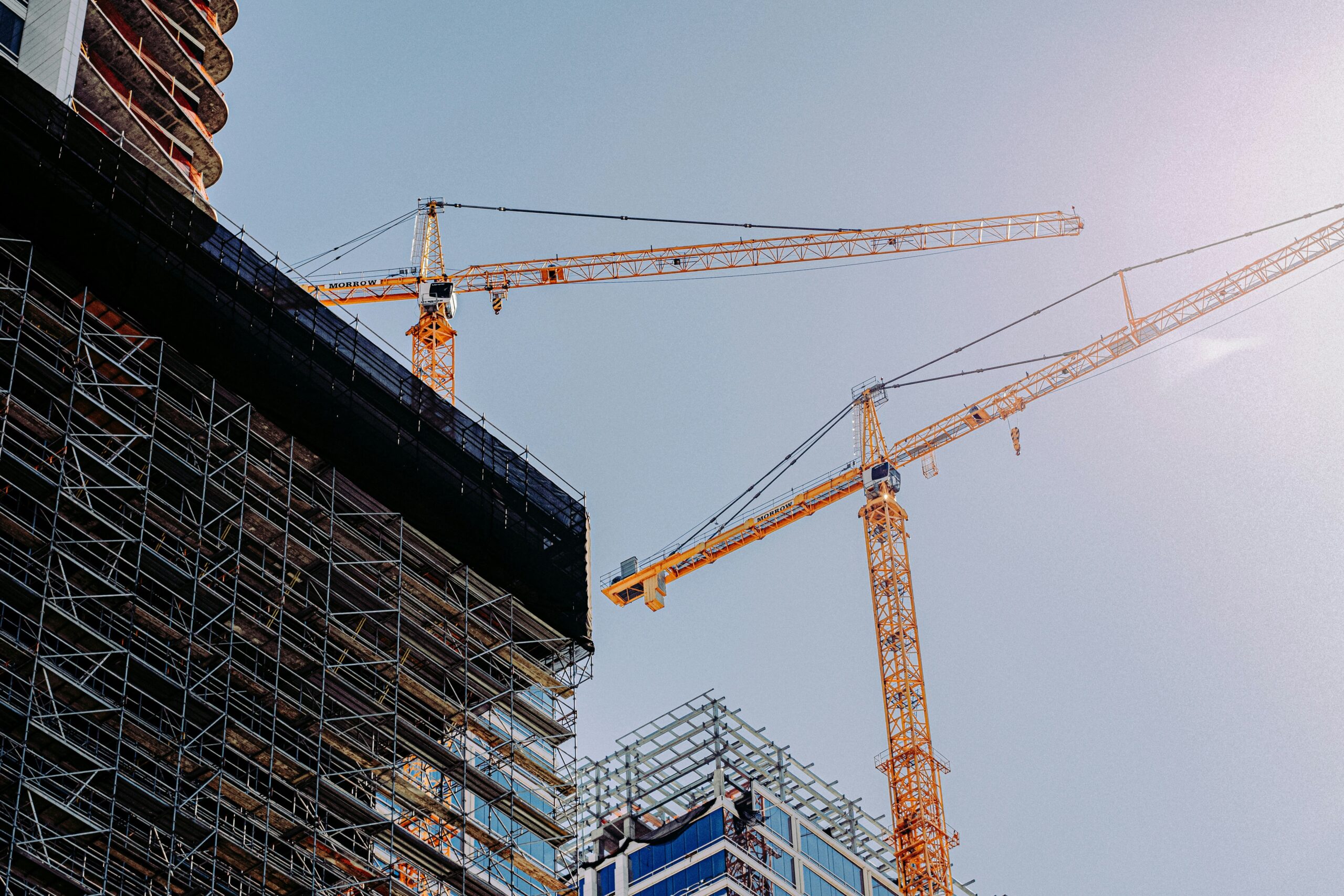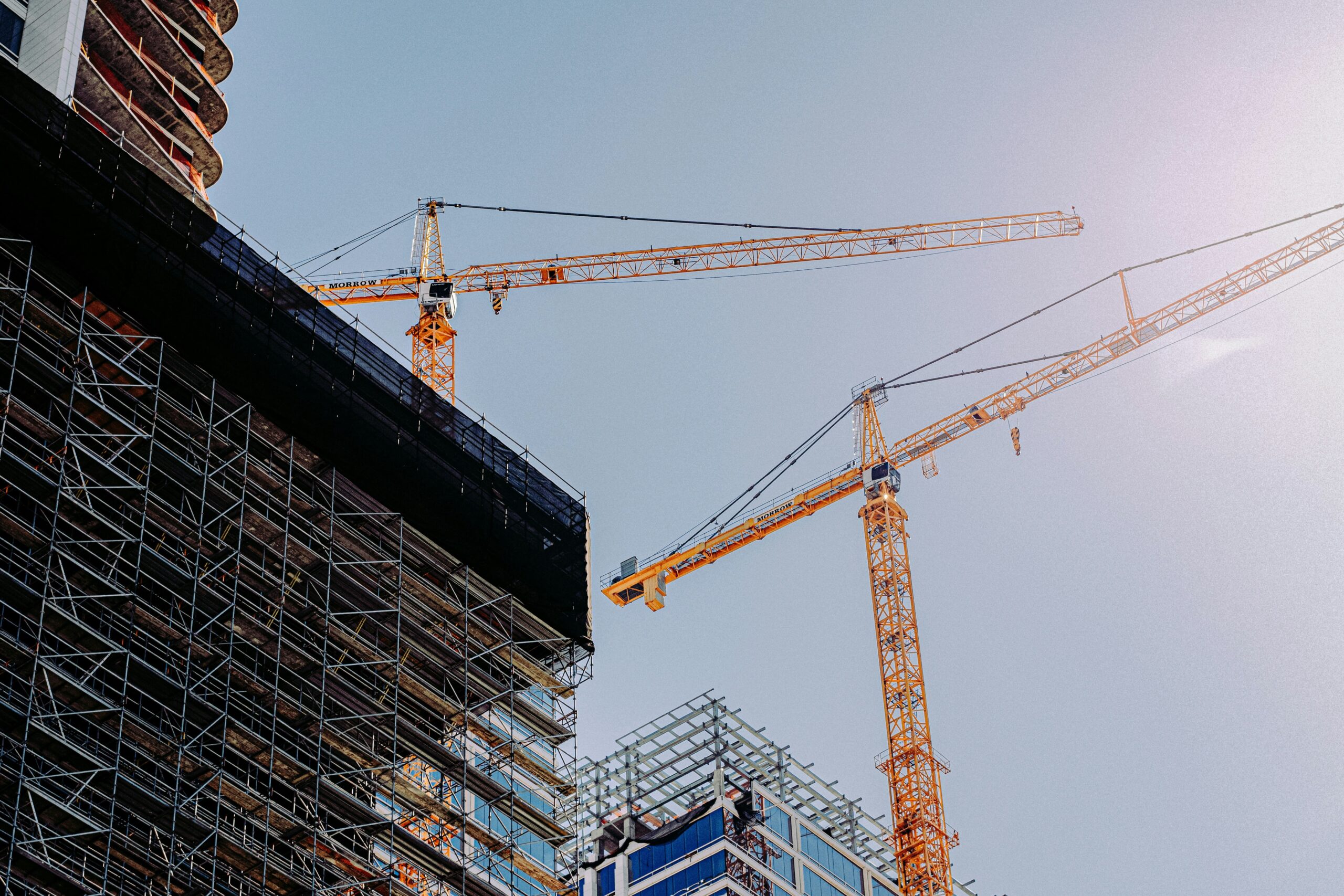 The Live Local Act (LLA) is a landmark piece of legislation aimed at addressing Florida’s housing supply. It brings sweeping changes to how developers have historically approached multi-family and mixed-use projects by preempting many local building codes and zoning regulations. In doing so, it removes several hurdles that previously existed when taking on local development projects and opens the door for greater housing opportunities for all.
The Live Local Act (LLA) is a landmark piece of legislation aimed at addressing Florida’s housing supply. It brings sweeping changes to how developers have historically approached multi-family and mixed-use projects by preempting many local building codes and zoning regulations. In doing so, it removes several hurdles that previously existed when taking on local development projects and opens the door for greater housing opportunities for all.
From increased floor area ratios (FAR) to relaxed height and density restrictions and parking requirements, these modifications can significantly enhance the feasibility of both residential and mixed-use developments.
Read on for more about how the Live Local Act impacts the feasibility of housing development projects in the tri-county area and throughout Florida. Specifically, you’ll learn:
- How the LLA affects parking minimums
- What to know about height restrictions
- Key FAR adjustments with the LLA
- Whether you can add apartments or condos to an LLA project
- What rental income is possible with the LLA
If you have questions about the Live Local Act and what it means for mixed-used and multi-family developments in South Florida, contact our team at Seacoast Consulting Group. We can help ensure your project complies with all building code and safety regulations and represent you through the process.
How the Live Local Act Affects Parking Minimums
Because excessive parking requirements can hinder the development of workforce housing, the recently amended LLA (also known as Senate Bill 328) aims to make these requirements more flexible, particularly in areas that are already well-served by public transportation. Here is a summary of the key changes affecting parking minimums under the Live Local Act:
- Reduction in parking requirements – For qualifying multi-family developments located within a half-mile of major transportation hubs, local governments must reduce parking requirements by at least 20 percent.
- Elimination of parking requirements in transit-oriented developments (TODs) – For mixed-use projects within designated TODs, the Act eliminates parking requirements altogether. This encourages higher density and more efficient land use in areas designed to support transit. It also eliminates the burden on developers to add unnecessary parking spaces.
- Proximity-based adjustments – The LLA also includes a provision that allows parking requirements to be reduced if on-street or off-street parking facilities are available within 600 feet of the development.
By easing parking requirements in areas that are already transit-rich, the LLA helps promote greater workforce housing and more accessible communities across Florida.
What to Know About Height Restrictions with the Live Local Act
The LLA aims to maximize the development potential of mixed-income housing projects so more people can live where they work. At the same time, it also works to balance community concerns regarding height, particularly in areas adjacent to single-family neighborhoods.
Recently revised height restrictions attempt to provide this balance and flexibility for mixed-use building developers. By allowing increased height in appropriate areas, the LLA facilitates higher-density housing solutions and creates more workforce housing for the community. Changes to height restrictions with the LLA include:
- General height increases – The Act allows qualifying housing development projects to reach the maximum height permitted for commercial or residential within a one-mile radius or three stories, whichever is greater.
- Adjacent single-family neighborhoods – For projects adjacent to predominantly single-family neighborhoods, specific height limitations apply. If a project borders a single-family zone on two or more sides and comprises at least 25 contiguous single-family homes, the height is restricted to 150 percent of the tallest adjacent building or three stories, whichever is greater.
Key Floor Area Ratio (FAR) Adjustments Under the Live Local Act
To enable more community members to live where they work, you need to add more housing to an already dense area. One of the key amendments brought forth with recent SB 328 is meant to address this issue by allowing qualifying developments to increase their permissible floor area.
FAR (also called floor lot ratio) is a ratio that represents the total floor area of a building relative to the size of the plot on which it is built. For example, a FAR of 2.0 means that the total floor area of the building can be twice the area of the plot.
With the amendments put forth in SB 328, the LLA now preempts local government standards for FAR and allows qualifying development projects to utilize up to 150% of the maximum FAR permitted within the jurisdiction.
This increase in allowable floor area enables developers to construct larger buildings, accommodate more units, and potentially generate greater revenue.
Adding Apartments and Condos to a LLA Project
To qualify for benefits under the LLA, at least 40% of the residential units in your multifamily development must be affordable for households earning up to 120% of the local area median income (AMI) for a period of at least 30 years.
The remaining 60 percent of the units in an LLA-qualifying project, however, can be rented at competitive market rates or sold as owner-occupied units. Adding apartments, townhomes, or condos to your development project can increase your revenue potential and provide more flexibility in the types of units you can offer.
What Rental Income is Possible with the Live Local Act
For developers and landlords taking on a LLA project, understanding the potential rental income under the Act is crucial for planning and making investment decisions. SB 328 clarifies that only the affordable units in a qualifying development must be rental units. The development property on the whole may include a mix of for-sale and rental products.
For the affordable units in the development, rent rates are typically set based on a percentage of the tenant’s income so as to ensure that they do not exceed 30 percent of the household’s gross income. The maximum rent for these units is often capped at a percentage of the area median income (AMI), which varies by location. The remaining 60 percent of the units can be rented at competitive market rates for the area.
Calculating Potential Rental Income
To estimate potential rental income on a new multi-family development project in South Florida, developers should:
- Determine local AMI – Understand the AMI for the specific area where the development is planned.
- Set affordable rent rates – Calculate rents for affordable units based on the percentage of AMI.
- Assess market rates – Conduct a market analysis to determine a competitive market rent for your unrestricted units.
When evaluating the overall investment potential, you should also factor in incentives like the ad valorem tax exemptions and loan programs offered through the Florida Housing Finance Corporation to assess overall profitability.
Contact Our Team at Seacoast Consulting Group
Taking on a complex multi-family development project requires real oversight and a local team who has done this a time or two (or dozens) before. When you work with us at Seacoast Consulting Group, we’ll guide your project through every step of the process and represent your interests as the owner.
To learn more about the Live Local Act and the latest on municipality requirements relevant to your development project, reach out to our team to schedule a free consultation.
- test :


